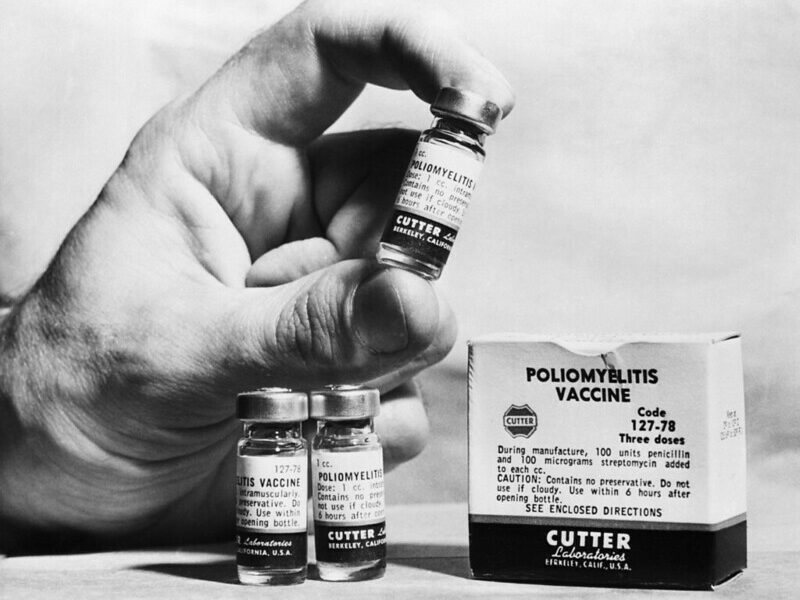Just because summer is over doesn’t mean mosquitoes are out of the picture. On December 10, the World Health Organization reported two locally acquired cases of chikungunya virus on the French side of the Caribbean island, St. Martin (the other side belonging to the Dutch – Sint Maarten). According to the WHO, while two cases have been lab-confirmed, there are four probable cases and twenty suspected cases awaiting lab confirmation.
Before you move on, abandoning these disease-carrying mosquitoes to the deep recesses of your mind with other things-I-don’t-have-to-worry-about, note these are the first ever cases of locally acquired chikungunya in the WHO Americas region. In other words, this is the first time that mosquitoes local to the Americas region have infected humans with chikungunya. This may remind you of the very first cases of West Nile Virus (WNV) in the western hemisphere in 1999. Over 1600 have died from WNV in the United States since 1999; 285 died last year alone.
Chikungunya was discovered in Tanzania in the early 1950s and has been limited to countries in Asia and Africa since then – apart from one locally acquired case in Italy in 2007 and one in France in 2010. Cases identified on other continents have been due to travel and infection abroad. Similar to dengue, the chikungunya virus is carried by the Aedes aegypti and Aedes albopictus mosquito species. A mosquito bites and draws blood from an infected individual, and, after eight to ten days, can pass the virus to another human being when taking a blood meal. Symptoms of chikungunya are similar to those of dengue and include fever and muscle aches. However, chikungunya can be identified by the severe joint pains that often accompany infection. Sometimes infection may also cause rash and conjunctivitis. The joint pain can last up to several months, but most symptoms subside within a few weeks.
There is no vaccine for chikungunya, but, according to the European Centers for Disease Control and Prevention (ECDC), once a person has recovered from chikungunya infection, it is likely that he or she will have immunity. To prevent chikungunya, the United States Centers for Disease Control and Prevention recommends covering bare skin with clothing and insect repellent; sleeping inside a bed net in chikungunya-endemic areas; and avoiding stagnant water by removing old tires or other containers that hold water outside.
The ECDC has noted several reasons for concern in a recent publication assessing the risk of chikungunya in St. Martin. Saint Martin is a popular vacation spot for European tourists, and these tourists often travel through several islands, so Europe should be prepared for people to return with infections. Also, the virus is new to the Caribbean so the capacity to detect and respond to disease is limited. Last, the virus can be transmitted through blood – so the St. Martin cases could eventually lead to new travel history-related restrictions for blood donations.
Mosquito-borne diseases are the cause of re-emerging infections in Europe and the Americas due to changes in climate, eco-systems (people have more contact with mosquitoes as they leave cities for more rural and undisturbed lands), and economics (materials traveling from country to country sometimes bring unwelcome stowaways such as mosquitoes). We’ve seen this with the spread of dengue and West Nile Virus.
Those of us trudging through snow in New England probably don’t need to be worrying about mosquito-borne infections right now, but we should be aware of the impacts that our globalization and climate change are having on the spread of disease.
http://www.who.int/csr/don/2013_12_10a/en/index.html
http://ecdc.europa.eu/en/publications/Publications/chikungunya-st-martin-rapid-risk-assessment.pdf
http://wwwnc.cdc.gov/travel/notices/watch/chikungunya-saint-martin
http://ecdc.europa.eu/en/publications/Publications/TER-Mosquito-surveillance-guidelines.pdf
http://www.cdc.gov/mmwr/preview/mmwrhtml/mm6225a1.htm?s_cid=mm6225a1_e
